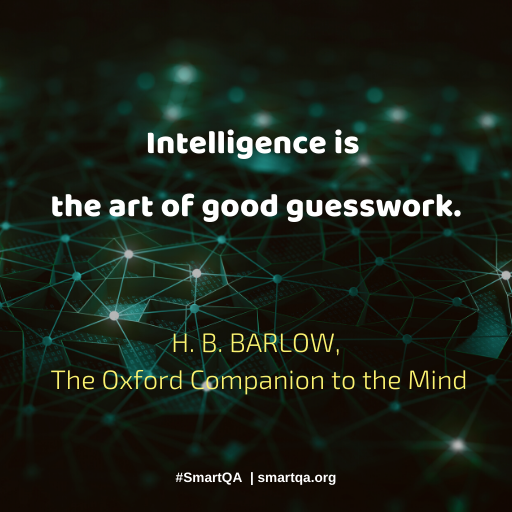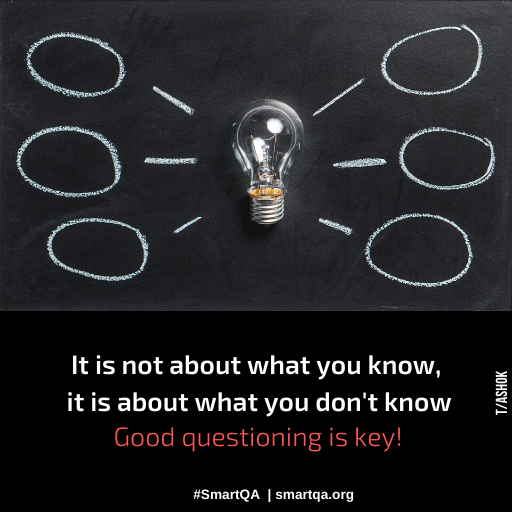SmartQA Digest
I had an interesting discussion with an engineering director of a product company on the subject – “dedicated QA or non-dedicated QA”. He was keen on a strong development QA as part of engineering team with an additional dedicated(small) QA team, and was seeking opinions. That triggered the thought for this interesting article “Role of dedicated QA in the new age dev” in the beEnriched section.
Simplification is hard, and can drive innovation. Listen to the 3-minute video “Simplify, Innovation happens” from Raja Nagendra Kumar in this week’s smartbits.
Have you watched the video on inclusive design titled “Mismatch: How Inclusion Shapes Design” that was published last week?
Did you check out the new SmartQA site smartqa.community All the prior digests are also available now here !
beEnriched

Role of dedicated QA in the new age dev
In current times with rapid dev driven by Agile, with testing done by dev folks, is there a need for dedicated QA? What is dedicated QA really? What should be the value adding dedicated QA be in the new age dev?
Read more
expandMind

Black box thinking
November 14, 2019
Learning from failures .The inside story of how success really happens and how we cannot grow unless we learn from our mistakes.




















